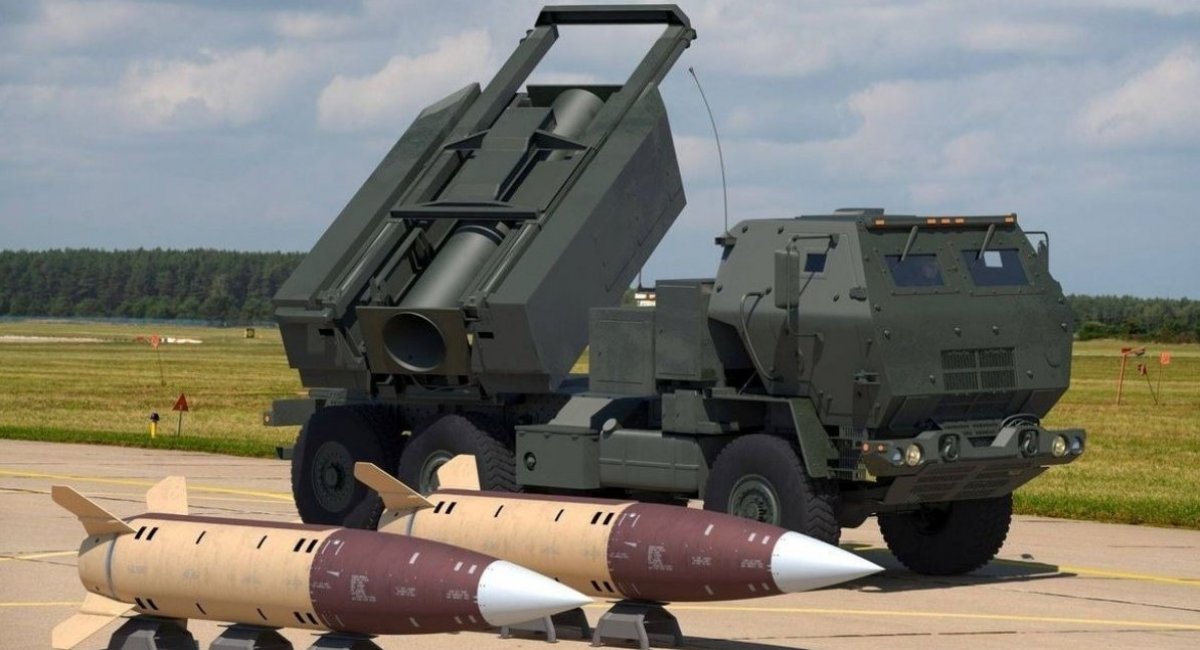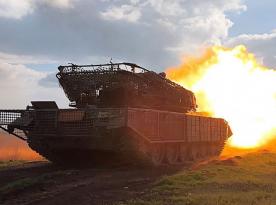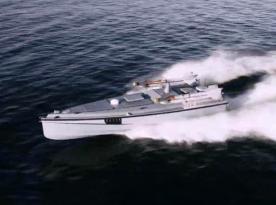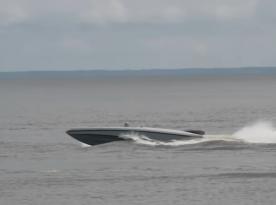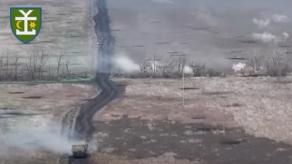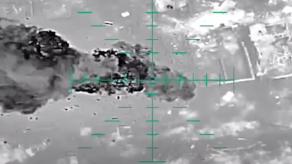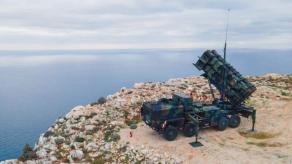Strategic Communications of the Armed Forces of Ukraine reported a successful strike on russian S-400 long-range air defense system on October 25th, followed by another hit on a "strategic object of air defense system" on the Western bank of Crimea on October 30th night.
Currently, there are no satellite photos that could help assess the damage caused by these strikes, no official information regarding the weapons of attack either. But there are indications.
Read more: How Many russian Helicopters Were Hit by ATACMS Handed Over to Ukraine by the US at Luhansk Airfield (Satellite images)

First of all, the initial strike on S-400 near Luhansk was most likely inflicted with an M39 ATACMS with a cluster warhead. On October 25th, russian media showed the photo (above) featuring the booster that fell off the M39 missile. They claimed to have shot the missile itself down, although some military bloggers were admitting the damage caused to the S-400 during the attack.
Let's proceed from the assessment that it was a cluster-type ATACMS used which is actually a logical choice of weapon for this purpose. The U.S. Army, too, utilized the missile not only against large groups of manpower and equipment but against air defenses as well.
Especially since the hypothetical location of the russian S-400 could be far beyond the reach of AGM-88 HARM anti-radar missiles that Ukrainians usually deploy against russian air defense assets.
Moving on to the second case, the attack on a "strategic object" in Crimea, this could have been achieved with a Neptune missile of Ukrainian own manufacture. Earlier we quoted the Long War Journal in its suggestion that the arrival of ATACMS in the Ukrainian army might "free up Neptune missiles" for strikes on Crimea.
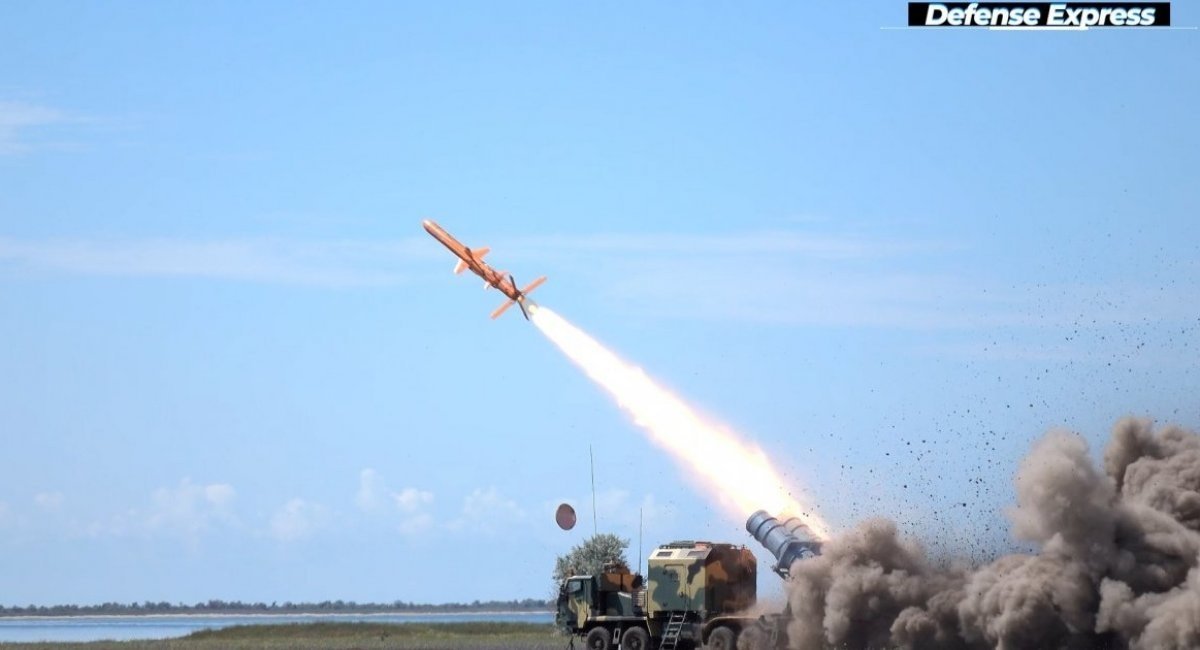
Our estimation that it was a Neptune is based on the fact that Ukrainian officials earlier mentioned this type of missile had been deployed to destroy russian military targets on the occupied peninsula and unconfirmed cases of using it against air defense systems in particular.
These attacks had effectively disabled russian air cover of Crimea and led to a series of follow-up attacks on military facilities, including the Headquarters of the Black Sea Fleet of the russian Navy.
Read more: russia’s Troops Military Convoy Was Smashed by Defenders of Ukraine in Donetsk Region (Video)




